By Kelvin Galabuzi
Alibaba Cloud ApsaraDB for MongoDB is a secure and elastically scalable MongoDB database service. The service is relatively easy-to-setup. In addition, Alibaba Cloud handles most of the database server administration tasks, letting you focus on the core functioning of your applications.
Alibaba Cloud offers a two-month Enterprise free trial to set up a new ApsaraDB for MongoDB.
Before discussing the sharding architecture, we need to understand the different database partitioning strategies:
The sharding database architecture (horizontal partitioning) separates one table's rows into multiple tables. Each partition (table) has the same schema and columns, and the data is independent of the data in other partitions.
Within' the sharding architecture, data is broken down into shards, also known as logical shards, which are separated across multiple nodes, also known as physical shards. This ensures faster and easier scaling of databases and provides data security and integrity.
Alibaba Cloud ApsaraDB for MongoDB Sharded architecture consists of three major components:
The following section will cover how to set up and configure a sharded architecture ApsaraDB for MongoDB Instance:
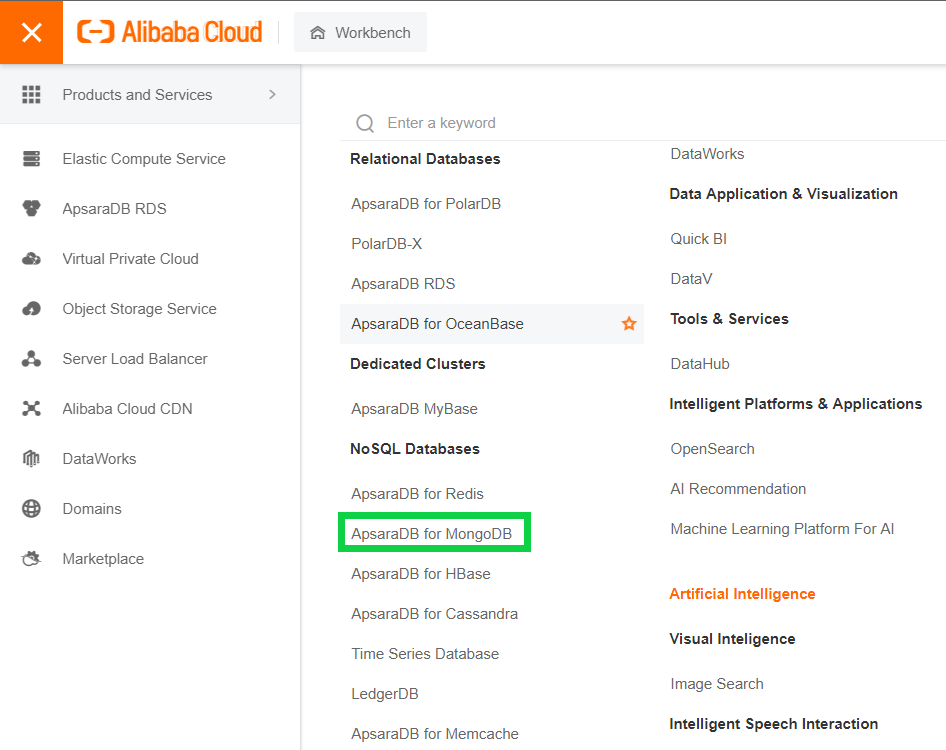

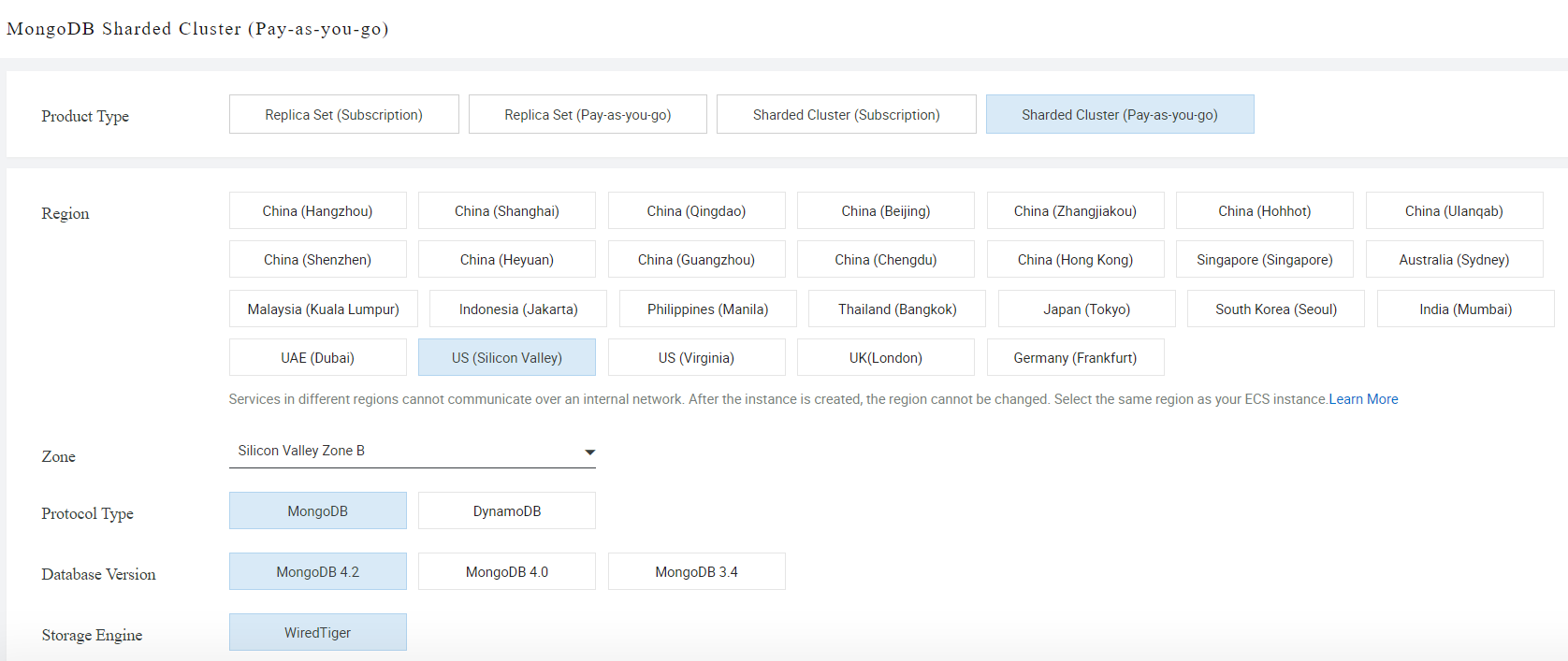
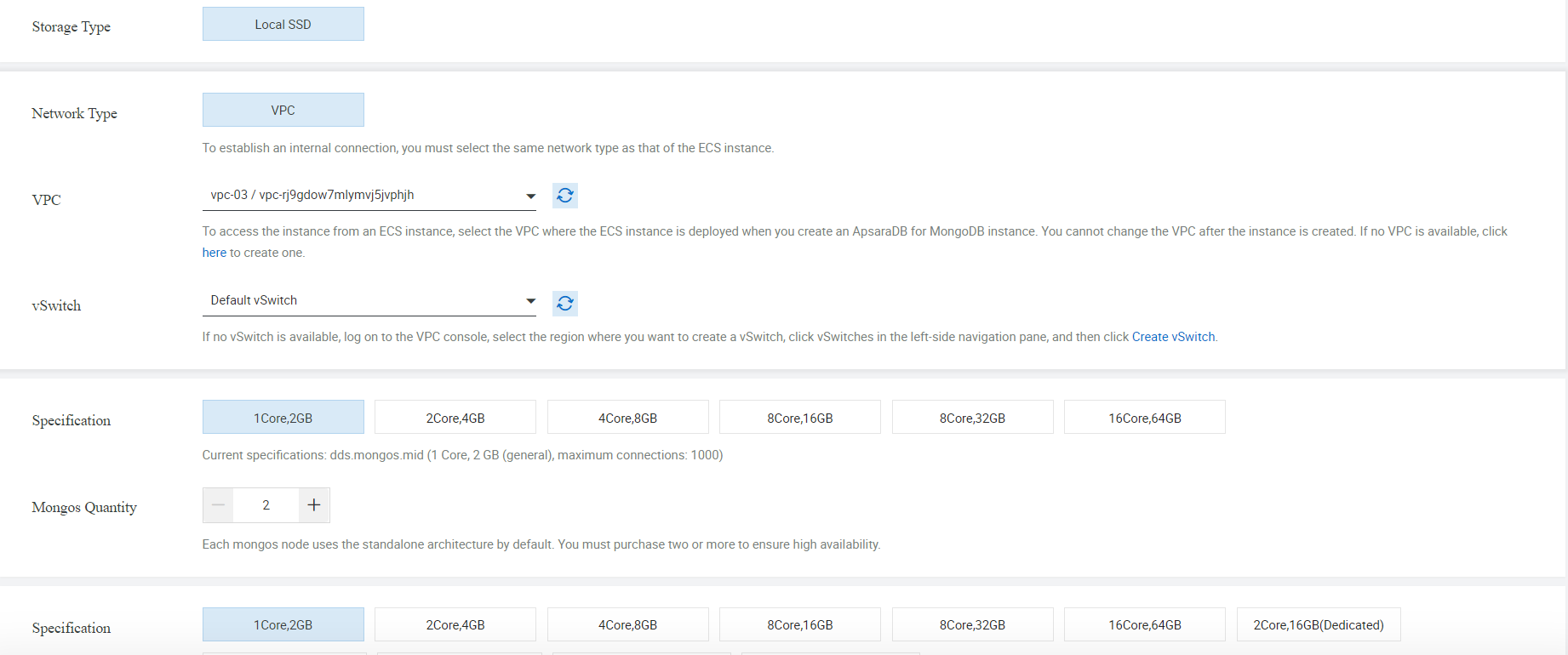
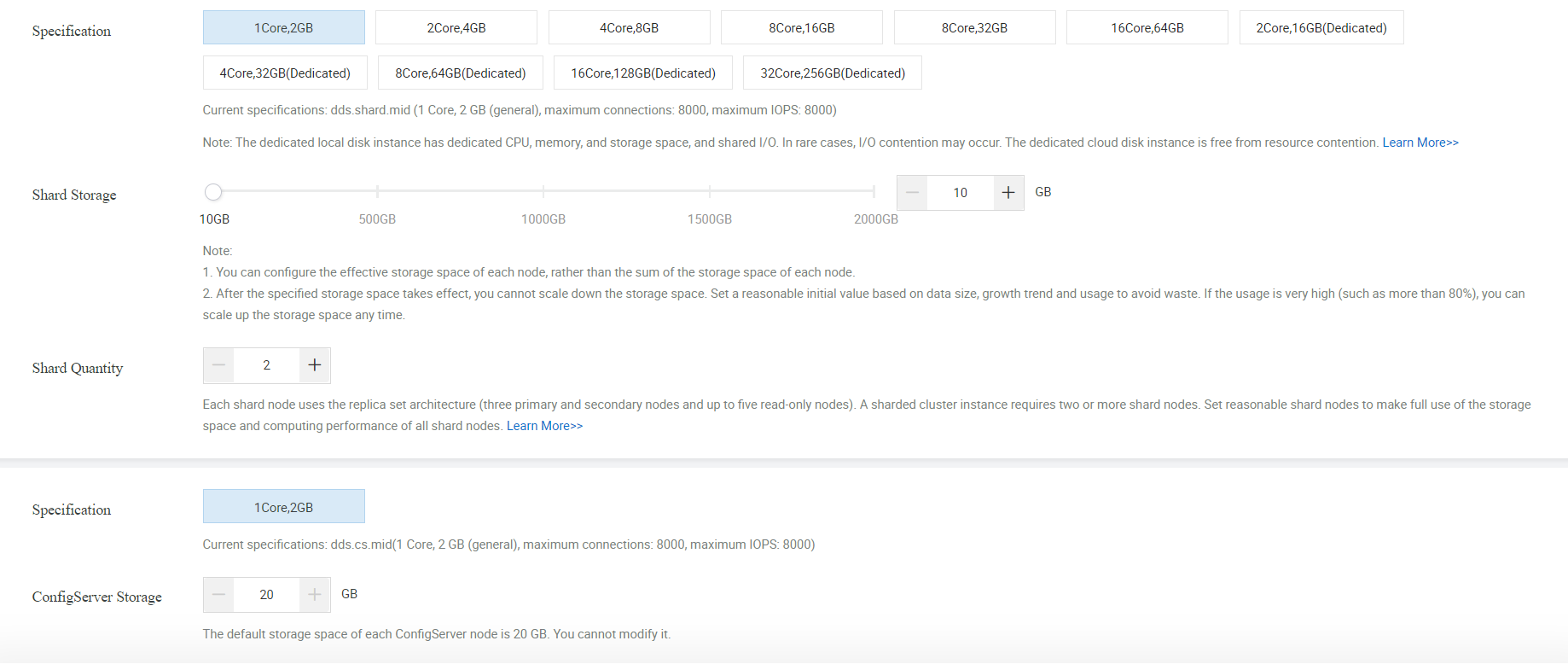

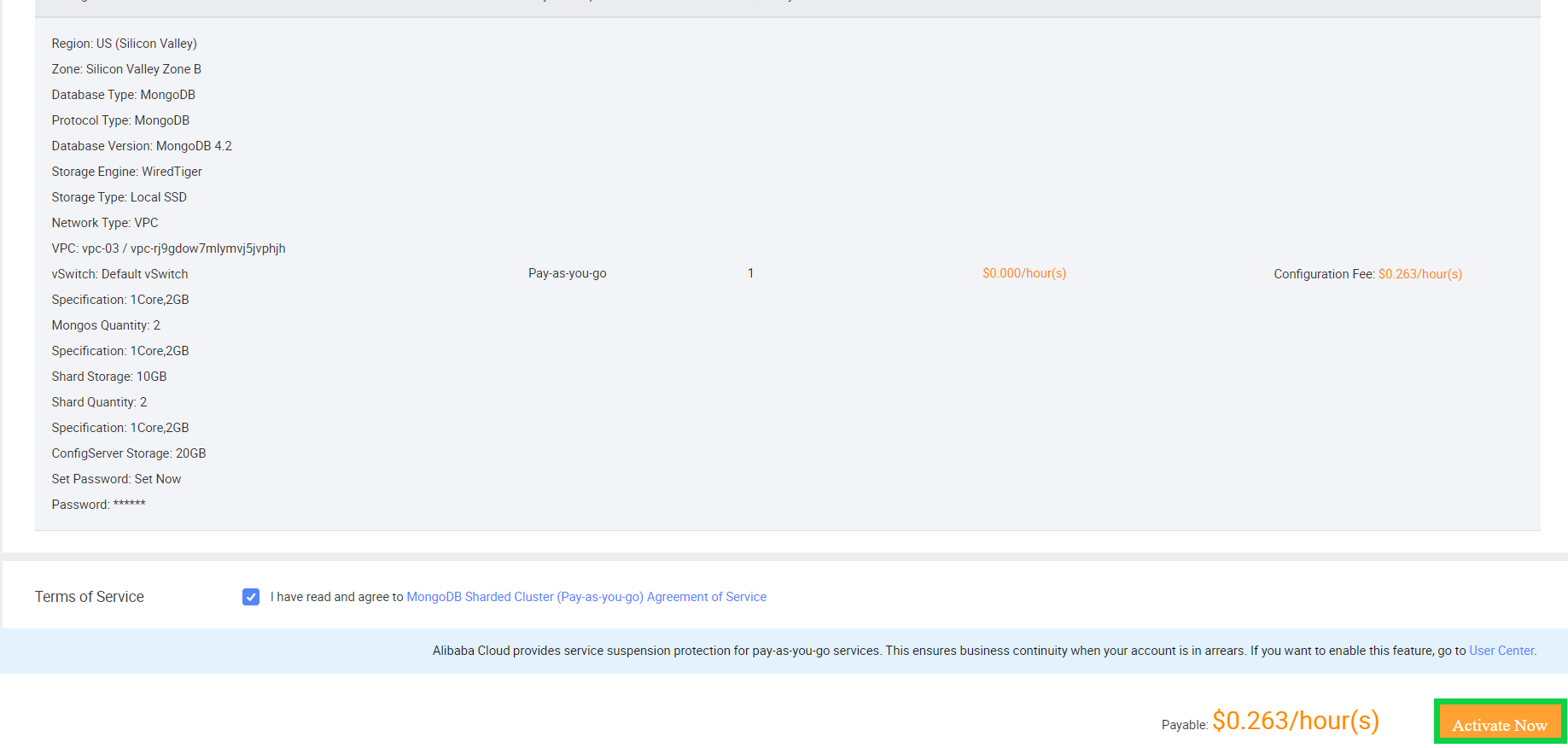

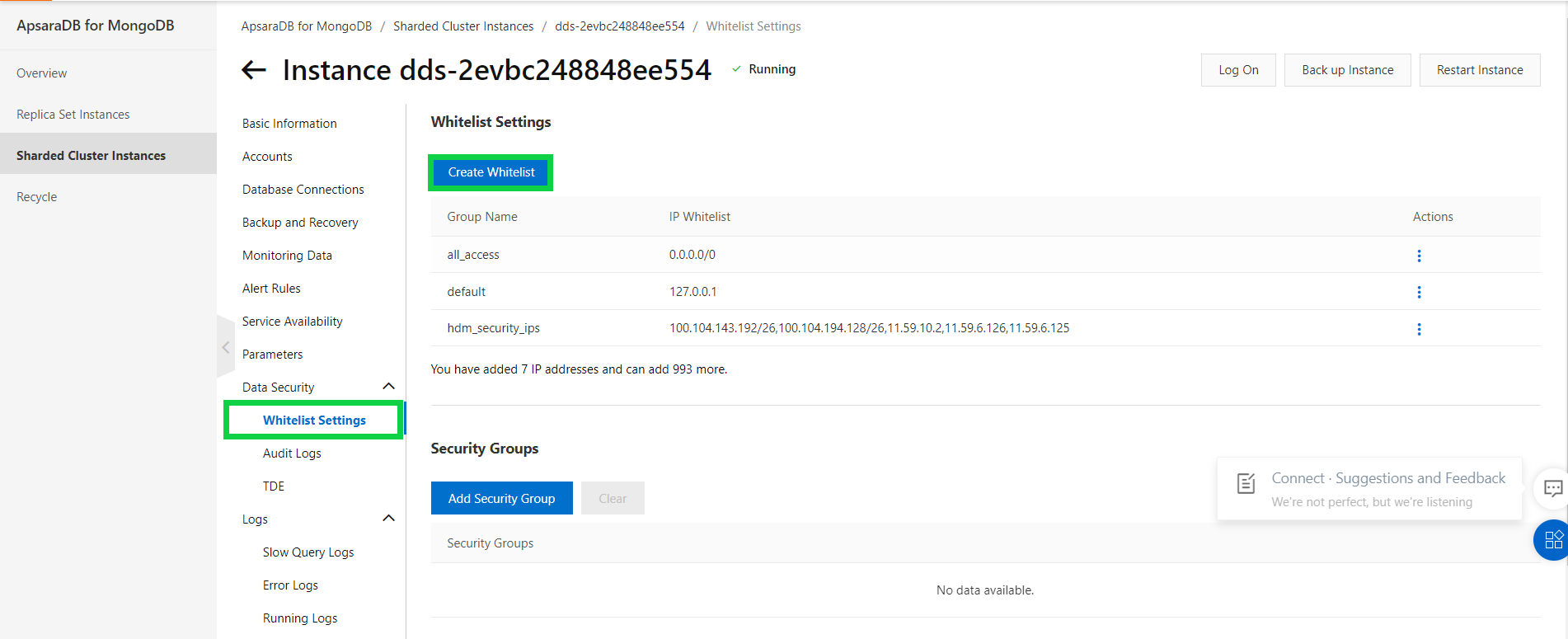
Note: We recommend not adding an IP range of 0.0.0.0/0 on production systems; only enable access from trusted IP ranges.
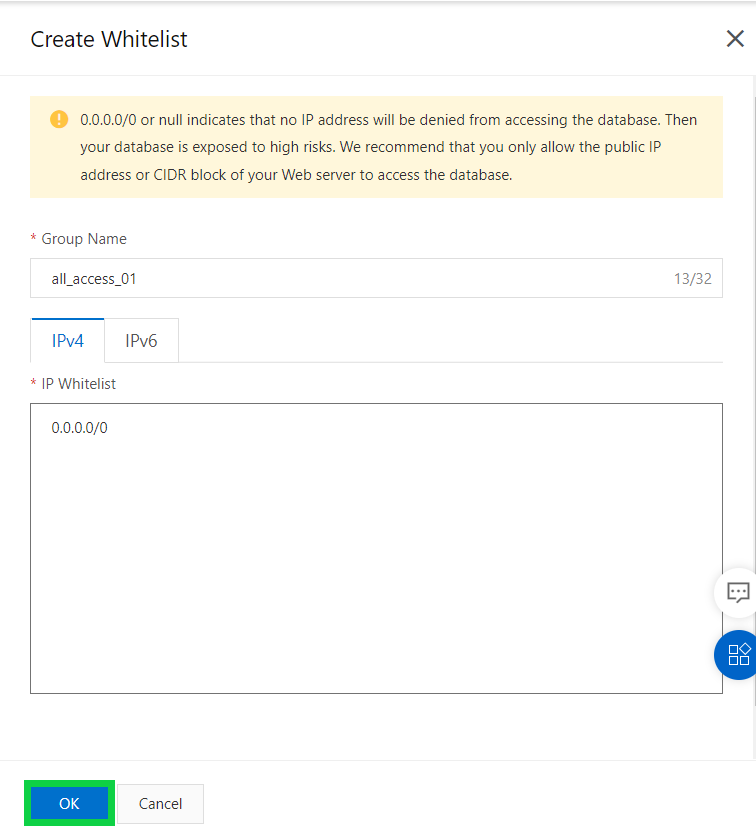
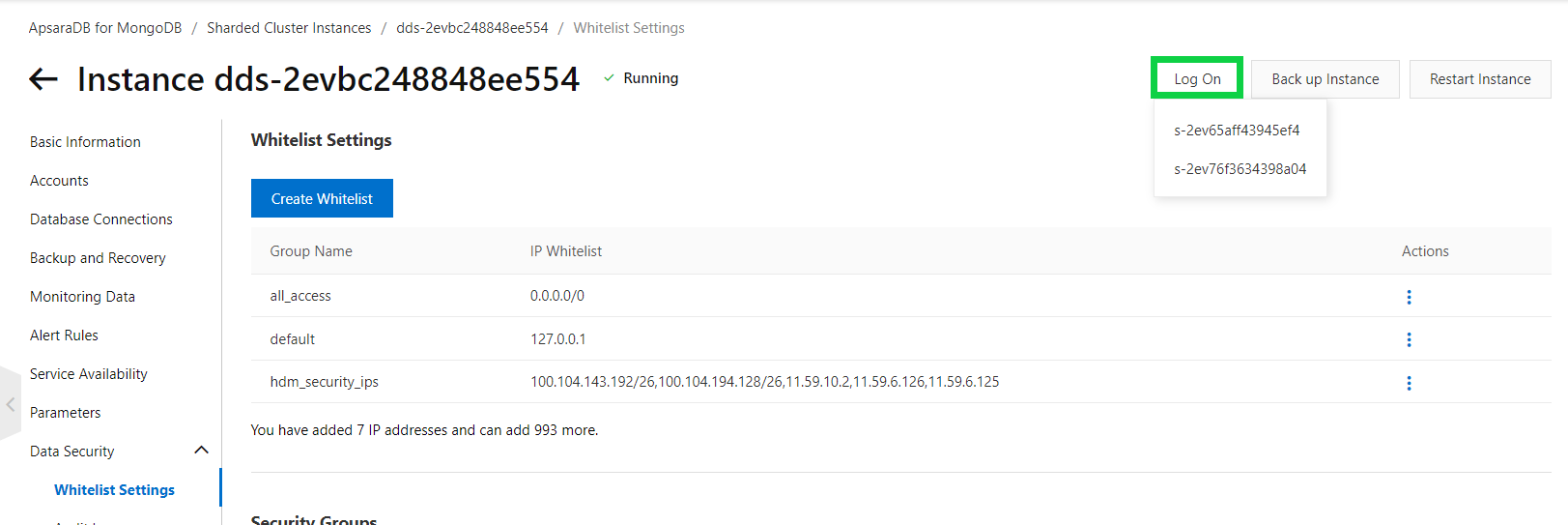
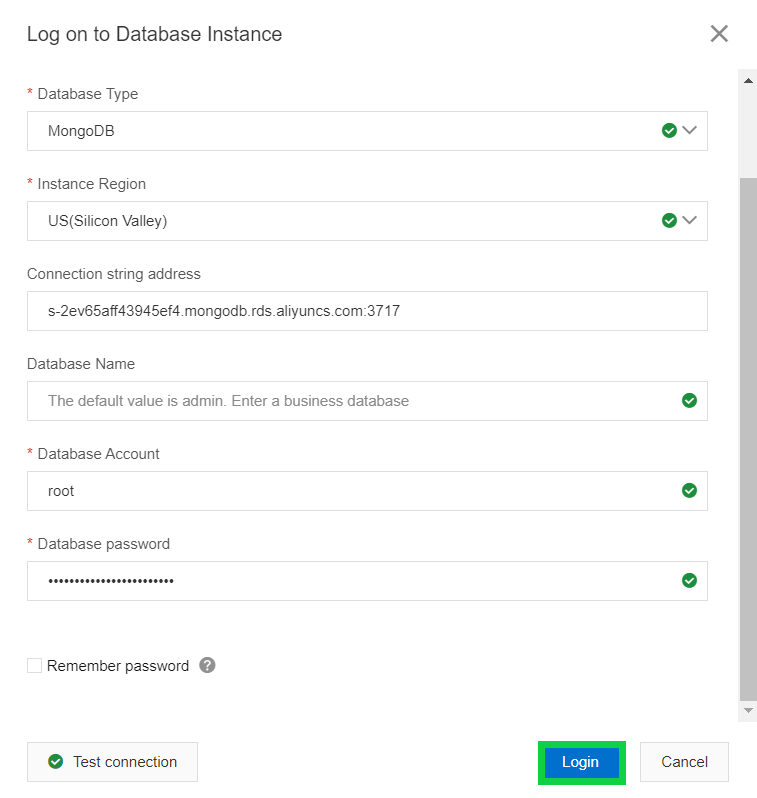
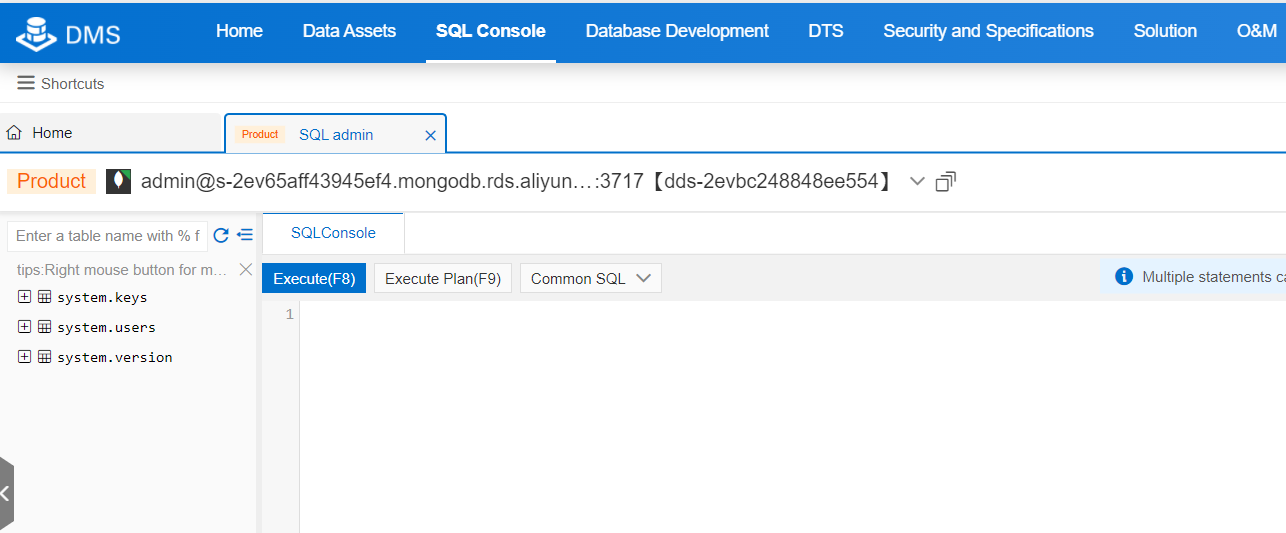

1,105 posts | 327 followers
FollowApsaraDB - July 14, 2021
Alibaba Clouder - August 12, 2019
Alibaba Clouder - July 30, 2019
Alibaba Cloud Community - April 8, 2022
ApsaraDB - March 26, 2024
ApsaraDB - July 14, 2021

1,105 posts | 327 followers
Follow ApsaraDB for MongoDB
ApsaraDB for MongoDB
A secure, reliable, and elastically scalable cloud database service for automatic monitoring, backup, and recovery by time point
Learn More Database Security Solutions
Database Security Solutions
Protect, backup, and restore your data assets on the cloud with Alibaba Cloud database services.
Learn More ApsaraDB for HBase
ApsaraDB for HBase
ApsaraDB for HBase is a NoSQL database engine that is highly optimized and 100% compatible with the community edition of HBase.
Learn More DBStack
DBStack
DBStack is an all-in-one database management platform provided by Alibaba Cloud.
Learn MoreMore Posts by Alibaba Cloud Community